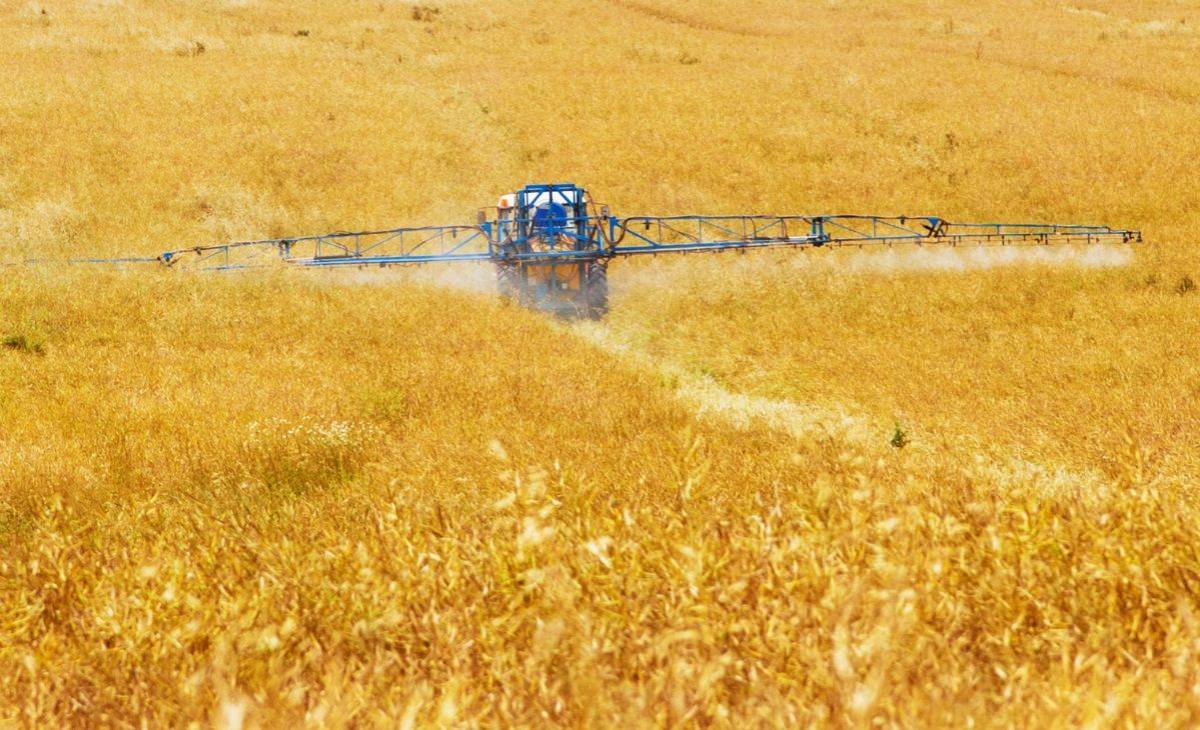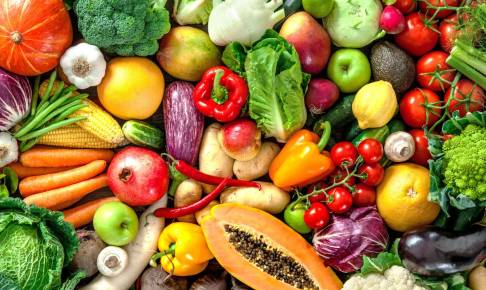New study raises concerns over pesticide contamination in US food supply
A recent study, published in the Journal of Exposure Science and Environmental Epidemiology, and conducted by the Environmental Working Group (EWG), has discovered traces of the pesticide chlormequat in the urine of 80% of individuals tested, despite the substance being prohibited for use on crops grown in the United States. The findings have raised concerns about potential health risks for consumers.
Chlormequat has been associated with adverse effects on reproductive health, fetal growth, and metabolic processes in animal studies. While research on its direct impact on humans remains limited, the findings from animal studies have prompted concerns about the safety of consuming crops treated with the pesticide.
The study analyzed urine samples collected from 96 individuals between 2017 and 2023. Alarmingly, chlormequat was detected in the urine of four out of five participants. Particularly concerning was the significant increase in positive samples in 2023 compared to previous years, indicating a worrying trend of consumer exposure to the chemical.
To further investigate the extent of contamination, EWG also examined food samples from US grocery stores collected in 2022 and 2023, focusing on oat- and wheat-based products. The results revealed that most of nonorganic oat-based samples, including some popular brands, contained chlormequat. This highlights the pervasive presence of the pesticide in everyday food items and raises questions about its potential impact on public health.
Adding to the complexity, the US Environmental Protection Agency (EPA) has put forth a proposition to permit the use of chlormequat on barley, oat, triticale, and wheat crops. While the usage of this pesticide is presently limited to ornamental crops, the proposal, prompted by a request from chlormequat manufacturer Taminco, holds the potential to extend its use to vital food crops. However, prior to finalizing the proposal, EPA must establish maximum limits for chlormequat in these crops and take measures to address potential health hazards to field workers and wildlife.
EPA's decision to permit the use of chlormequat on imported oats and other foods since 2018, along with the increase in the maximum allowable level in 2020, has further intensified concerns about consumer exposure.
As the government faces important decisions regarding chlormequat, EWG is calling for the Centers for Disease Control and Prevention to include chlormequat in its biomonitoring program. They also ask the Department of Agriculture to conduct tests on oat samples for chlormequat, as well as the Food and Drug Administration to test US food for the presence of the pesticide. Additionally, EWG advocates for the EPA to resist allowing the use of chlormequat on domestically grown oats.
In the meantime, EWG suggests consumers to reduce their exposure to chlormequat by choosing organic oat products. By raising awareness and supporting efforts to address this issue, individuals can contribute to protecting their health and the integrity of the food supply.
Source:






















